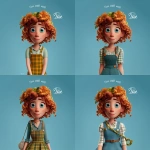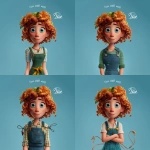Explore the Best AI Image Gallery

Beyond the Canvas: How Wearable Tech is Unleashing Creative Potential
The creative landscape is undergoing a profound transformation, driven by the rise of wearable technology.
No longer confined to traditional mediums like paintbrushes and sculpting tools, artists and designers are now wielding innovative devices that expand the boundaries of artistic expression. From interactive installations to personalized fashion experiences, wearable tech is empowering individuals to become active participants in the creative process, blurring the lines between technology and art.
Unleashing New Forms of Expression
Wearable technology offers a diverse range of tools for creators to explore uncharted territories:
- Augmented Reality (AR): AR glasses or contact lenses overlay digital elements onto the real world, allowing artists to create immersive experiences that blend physical and virtual realms. Imagine painting in 3D space or sculpting with light projected onto a canvas.
- Haptic Feedback: Wearable devices that provide tactile sensations open up new dimensions of interaction. Artists can translate sound waves into vibrations or design interactive sculptures that respond to touch, engaging multiple senses.
- Biometric Sensing: Data captured from wearables such as heart rate, skin temperature, and even brainwaves can be used to create dynamic artwork that reacts to the wearers emotions or physiological states. This opens up possibilities for personalized and deeply expressive art forms.
Applications Across Industries
The impact of wearable tech extends far beyond traditional art forms:
- Fashion Design: Wearable sensors can be incorporated into garments to track movement, adjust temperature, or even display interactive patterns. This allows designers to create clothing that is both functional and expressive.
- Gaming and Entertainment: Immersive experiences powered by wearable tech are transforming gaming and entertainment. Imagine playing a virtual reality game where your movements and emotions directly influence the gameplay.
- Architecture and Design: Architects can use AR glasses to visualize building designs in real-world environments, while designers can create interactive prototypes that respond to user feedback.
Ethical Considerations
As wearable tech becomes increasingly integrated into creative processes, its crucial to consider the ethical implications:
- Privacy and Data Security: Wearable devices collect vast amounts of personal data. Its essential to ensure that this data is protected and used responsibly.
- Bias and Representation: Algorithms used in wearable tech can perpetuate existing biases if not carefully designed. Its important to strive for inclusivity and representation in the development and deployment of these technologies.
- Accessibility and Equity: The benefits of wearable tech should be accessible to all, regardless of their socioeconomic status or physical abilities.
Future Trends
The future of wearable tech in the creative industry holds immense potential:
- Increased Integration with AI: Artificial intelligence will play an increasingly important role in assisting creative processes, from generating ideas to automating tasks.
- Personalized Creative Experiences: Wearable tech will enable highly personalized creative experiences tailored to individual preferences and abilities.
- New Forms of Collaboration: Distance will no longer be a barrier to creative collaboration as wearables facilitate real-time interaction and shared experiences.
The convergence of wearable technology and the creative industry is ushering in a new era of innovation and self-expression. As these technologies continue to evolve, we can expect even more groundbreaking applications that push the boundaries of whats possible.
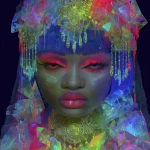




](https://images.ai-img.art/thumbnails/150/6c909fd6d38caac6572b592dd97831deb7d6562bba142798574677582676dfc1.webp)
](https://images.ai-img.art/thumbnails/150/26c16e4f635deee86633de398088ca98d9bb748d6e7601436b07e882fab236cb.webp)



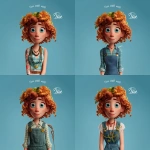

](https://images.ai-img.art/thumbnails/150/655229c40961cb7ff5abd4b4190e02c94ea1a961106e7547a562649c945268be.webp)

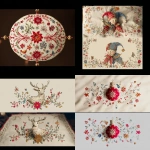

](https://images.ai-img.art/thumbnails/150/60973df1d727dbbf8e6922b7e4836814ab6012106eb9dcfe99aea7aec15f3710.webp)
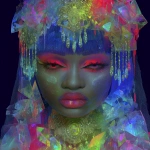







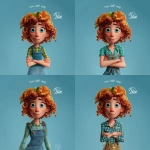







](https://images.ai-img.art/thumbnails/150/e6a179db327f0374ec327d0fdab48ac1f2dc47123eed103b0a41ed346280d07d.webp)
](https://images.ai-img.art/thumbnails/150/184b4b030e30be0a6d51b544226cb4cf2271977814d935d3aaa2b7529355b3b7.webp)



](https://images.ai-img.art/thumbnails/150/1202074d0d60b08b64d0f91f36468608aaac200a02b721cc8e6d8ec8a908432c.webp)



